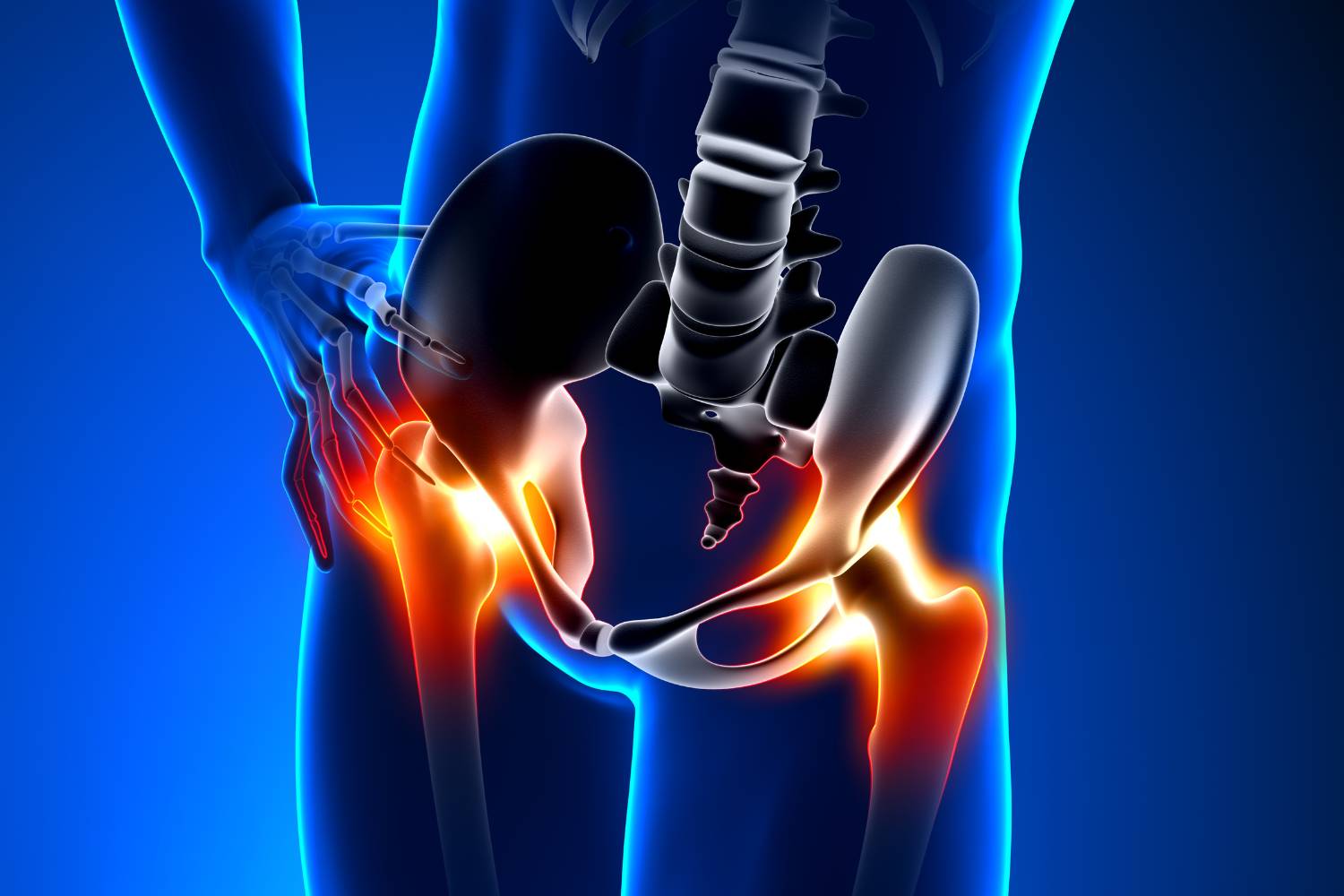Overview
Sacroiliitis, pronounced as say-kro-ill-eye-tus, is a condition that brings discomfort in one or both of the sacroiliac joints. These pivotal joints are strategically located at the intersection of the lower back and the pelvis. Individuals grappling with sacroiliitis often grapple with a distinctive pain and rigidity in their lower back or buttocks. This pain has a tendency to radiate, traveling down one or even both legs. Activities that involve prolonged standing or sitting, or even tasks like stair climbing, can amplify this discomfort. One of the challenges with sacroiliitis is its diagnosis. The symptoms often overlap with other common sources of lower back discomfort, leading to confusion. Furthermore, sacroiliitis has been identified to have associations with certain disorders that induce inflammatory arthritis in the spine. To manage and alleviate the symptoms, professionals often recommend a combination of physical therapy and specific medications.
Symptoms and Triggers
The hallmark symptom of sacroiliitis is a pain that predominantly surfaces in the buttocks and the lower back region. However, it doesn’t restrict itself to these areas. Many patients report the pain extending to regions like the legs, groin, and occasionally, the feet. Interestingly, some individuals find a degree of relief with increased activity, suggesting that movement can sometimes act as a counter to the pain. On the flip side, there are certain factors that can exacerbate the discomfort of sacroiliitis. Extended durations of sleep or sitting, for instance, can be triggers. Similarly, standing for long intervals or uneven weight distribution on the legs can intensify the pain. Activities like ascending stairs, jogging, or even taking long strides can also be potential culprits.
Underlying Causes
Several potential triggers can lead to complications in the sacroiliac joint. Traumatic events, such as sudden forces experienced during car accidents or unexpected falls, can inflict harm on the sacroiliac joints. Arthritis, especially the degenerative type known as osteoarthritis, can manifest in the sacroiliac joints. Another form, ankylosing spondylitis, which specifically targets the spine, can also be a contributing factor. Pregnancy introduces another dimension to this. As the body prepares for childbirth, the sacroiliac joints undergo changes, becoming more flexible. The additional weight during pregnancy, coupled with an altered gait, can exert strain on these joints. In rare scenarios, infections can target a sacroiliac joint, leading to complications.
Potential Complications
Sacroiliitis isn’t just about pain; it can significantly impact daily life. Simple actions that many take for granted, such as bending, lifting, or even just maintaining a particular posture, can become daunting tasks. The relentless nature of the pain, if not addressed, can seep into the emotional well-being of an individual, leading to mood disturbances. A consistent pattern of pain can also wreak havoc on sleep, leading to disrupted sleep cycles and patterns.
Don’t wait to seek treatment if you have elbow pain. Call Pain Healing Center or book an appointment online today.
Questions And Answers
What is Sacroiliitis and where is the pain located?
Sacroiliitis is a condition that causes discomfort in one or both of the sacroiliac joints, located at the intersection of the lower back and the pelvis. The pain typically surfaces in the buttocks and lower back region and may extend to the legs, groin, and occasionally, the feet.
What activities can exacerbate the discomfort of Sacroiliitis?
Extended durations of sleep or sitting, standing for long intervals, uneven weight distribution on the legs, ascending stairs, jogging, or even taking long strides can intensify the pain associated with Sacroiliitis.
What are the potential triggers of complications in the sacroiliac joint?
Several triggers can lead to complications in the sacroiliac joint, including traumatic events like car accidents or unexpected falls, arthritis (both osteoarthritis and ankylosing spondylitis), and changes in the sacroiliac joints during pregnancy.
How does Sacroiliitis impact daily life and emotional well-being?
Sacroiliitis can significantly impact daily life, making simple actions like bending, lifting, or maintaining a particular posture daunting tasks. The relentless nature of the pain can also affect the emotional well-being of an individual, leading to mood disturbances and disrupted sleep cycles.
How can Sacroiliitis be managed and alleviated?
To manage and alleviate the symptoms of Sacroiliitis, professionals often recommend a combination of physical therapy and specific medications. Early diagnosis and treatment can help prevent further complications and improve the quality of life.

Dr. Benni is a Comprehensive Pain Management Doctor based in West Central Florida. With over 10 years of exerience as a Certified Pain Specialist, Dr. Benni is passionate about providing Comprehensive Pain Management Services to guarantee the best Quality of Pain Care to his patients in Tampa, and Brandon Florida. To reach out, submit a new patient form appointment request here.
The information provided on this website is for informational and educational purposes only and is not intended to be a substitute for professional medical advice, diagnosis, or treatment. Always seek the advice of your physician or other qualified healthcare provider with any questions you may have regarding a medical condition. Never disregard professional medical advice or delay in seeking it because of something you have read on this website.

